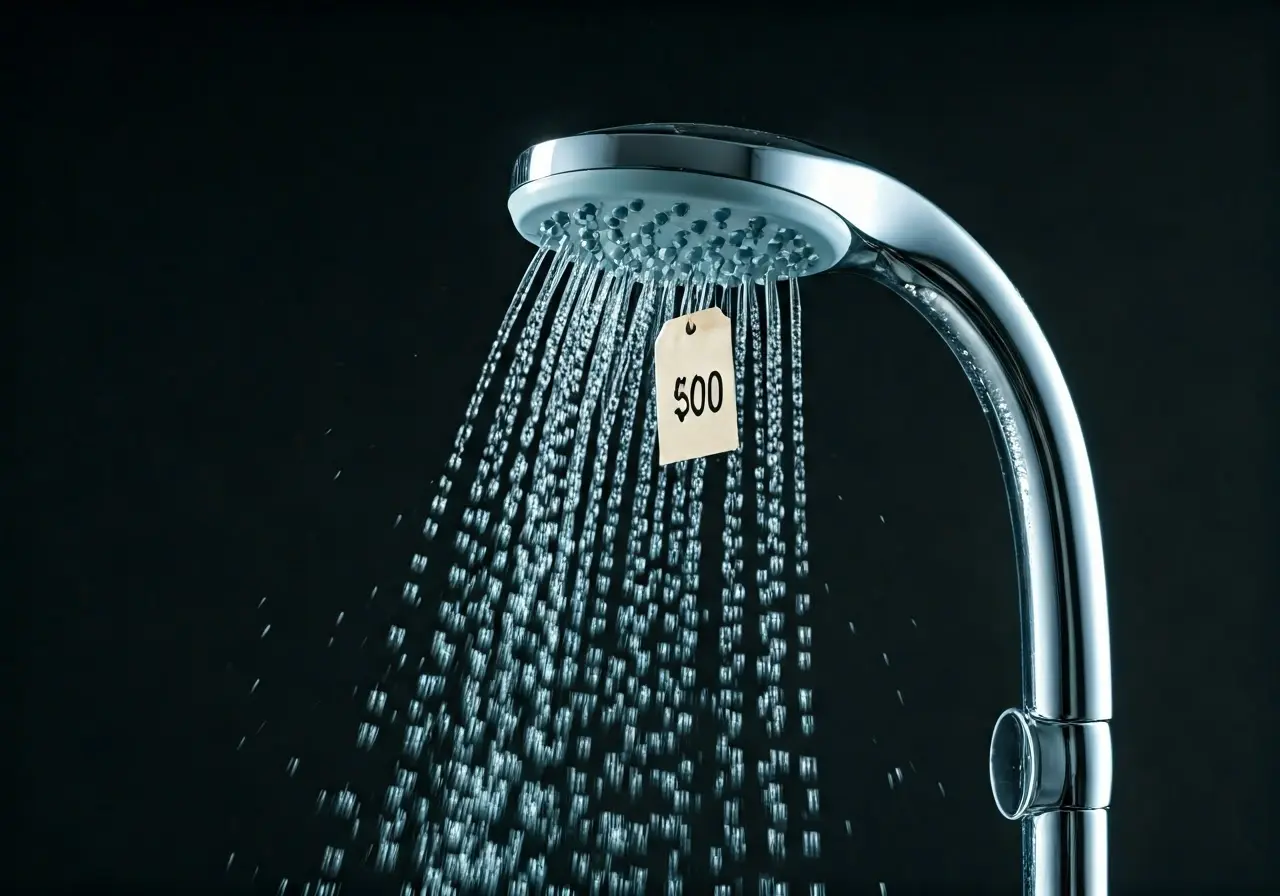Water conservation is more important than ever for both the environment and your wallet. This FAQ blog will explore how various water conservation products can help save you money, while also being easy to understand and engaging.
What are Water Conservation Products?
Water conservation products are designed to reduce water usage in households and businesses. These include low-flow showerheads, faucet aerators, dual-flush toilets, smart irrigation systems, and more.
These devices are engineered to maintain performance while using less water, thereby reducing waste and cutting down on utility bills. According to a guide on must-have water conservation products, these products are not only efficient but often require minimal maintenance.
Implementing these products in your home or business can significantly decrease your water footprint. The reduction in water usage can also alleviate pressure on local water supplies, contributing to broader conservation efforts.
How Do Low-Flow Fixtures Save Money?
Low-flow fixtures, such as showerheads and faucets, reduce the amount of water used without compromising performance. This leads to lower water bills and energy savings from reduced hot water usage.
A low-flow showerhead can reduce water consumption by up to 50% while delivering a satisfying shower experience. By aerating the water or regulating the flow, these devices ensure that you use less water per minute, which directly translates to lower utility bills.
Additionally, low-flow faucets and aerators can be installed easily and inexpensively, making them a great starting point for anyone looking to conserve water. The resulting savings can quickly offset the initial investment, providing a strong financial incentive to make the switch.
What are the Benefits of Dual-Flush Toilets?
Dual-flush toilets offer two flushing options: a low-volume flush for liquids and a higher-volume flush for solids. This reduces water usage and can significantly lower your monthly water bill.
These toilets typically use around 1.6 gallons per flush for solid waste and only 0.8 gallons for liquid waste, compared to traditional toilets that use 3.5 gallons or more per flush. This difference can add up to substantial savings over time.
Moreover, dual-flush toilets are an easy upgrade for most bathrooms and can provide both environmental and financial benefits with minimal disruption. Learn more about how upgrading your toilet fixtures can help you save by visiting this guide.
How Do Smart Irrigation Systems Work?
Smart irrigation systems use weather forecasts and soil moisture data to optimize watering schedules. This prevents overwatering and reduces water waste, helping you save on water bills.
These systems are particularly beneficial for large landscapes and gardens where water usage can be substantial. By adjusting watering times based on real-time data, smart irrigation systems ensure that plants get the right amount of water without any excess.
Moreover, smart irrigation systems can be controlled via smartphone or computer, giving you the flexibility to manage your water use remotely. This not only saves water but also reduces your utility bill over time. For more information on innovative irrigation solutions, check out this article.
Are There Any Government Rebates or Incentives?
Many governments offer rebates and incentives for installing water conservation products. These programs can offset the initial cost, making it more affordable to invest in water-saving technologies.
Rebates often cover a significant portion of the equipment cost, and some programs even provide funding for installation. This financial assistance makes it easier for both individuals and businesses to adopt water-saving measures.
For instance, some local governments offer rebates for upgrading to dual-flush toilets, low-flow showerheads, and smart irrigation systems. To find out more about available rebates in your area, visit your local government’s website or consult this comprehensive guide.
What is the Long-Term Impact of Using These Products?
In the long run, using water conservation products helps to reduce strain on local water supplies, lower utility bills, and promote a sustainable lifestyle. The benefits extend beyond financial savings to environmental preservation.
By reducing water consumption, you are contributing to the overall effort to manage and conserve our planet’s resources. Lower water usage means less energy is needed for water treatment and distribution, which in turn reduces your carbon footprint.
Incorporating water conservation products also sets a precedent for responsible consumption. It encourages others in your community to take similar steps towards sustainability, creating a ripple effect that benefits everyone. To learn more about the broader impacts of water conservation, explore this detailed article.
Final Thoughts
Using water conservation products is a smart and effective way to reduce water usage and save money in the long run. From low-flow fixtures to smart irrigation systems, these products not only benefit your finances but also contribute to a more sustainable future. Learn more about these innovations at WAVE Valve’s homepage.


